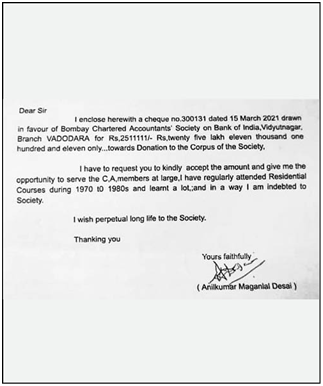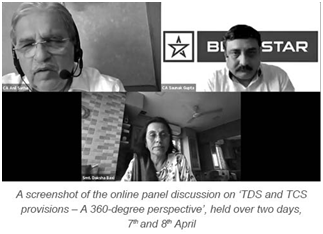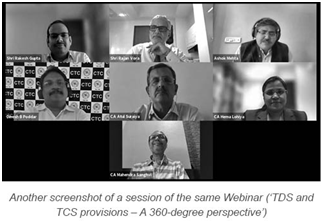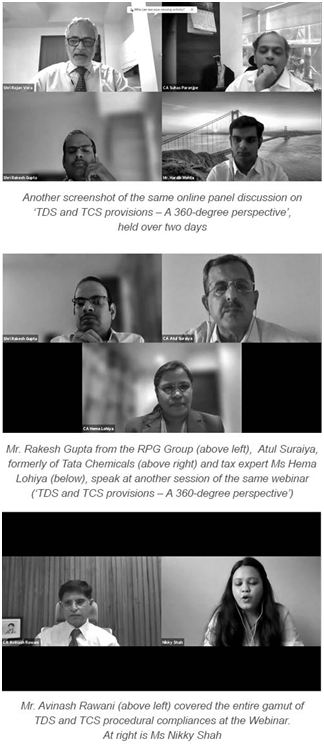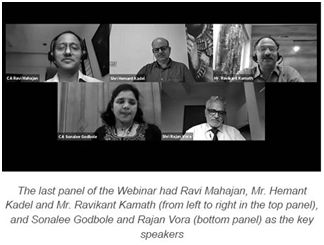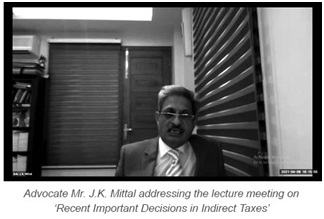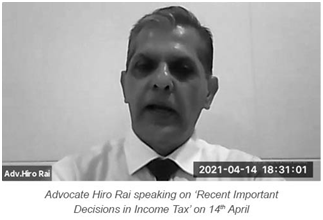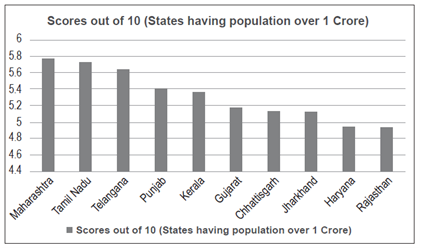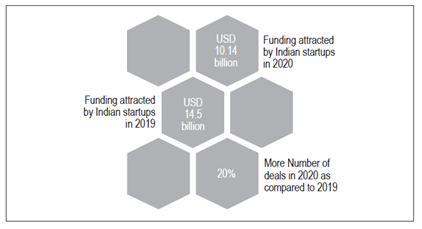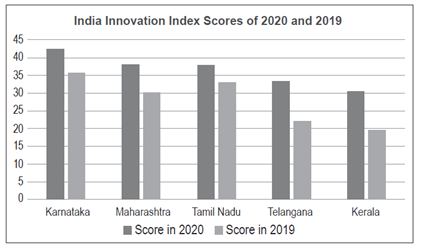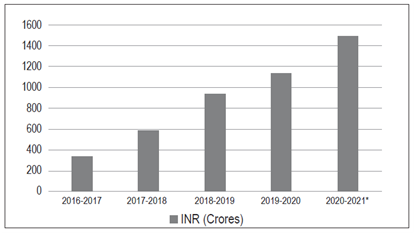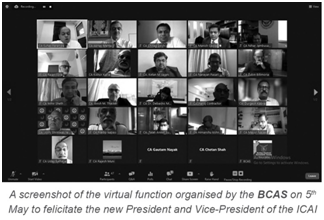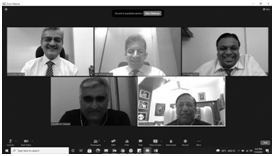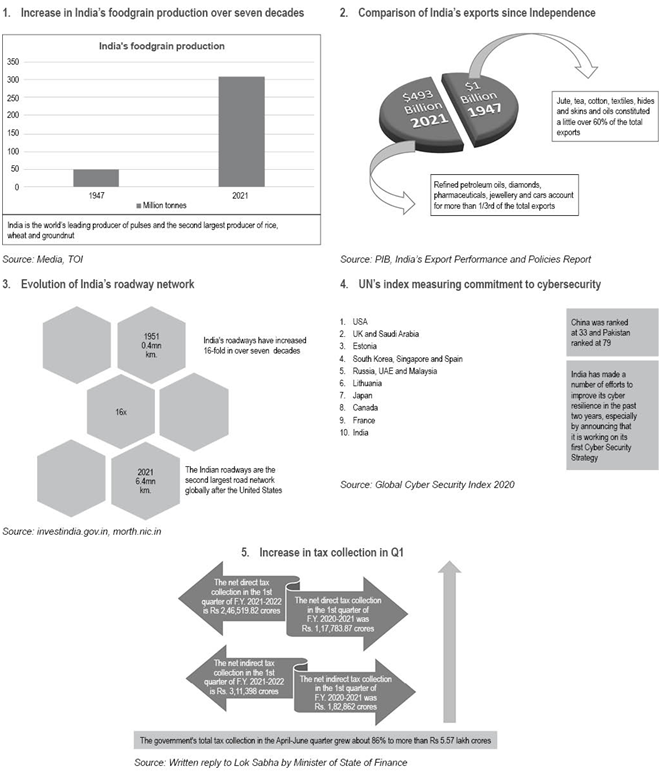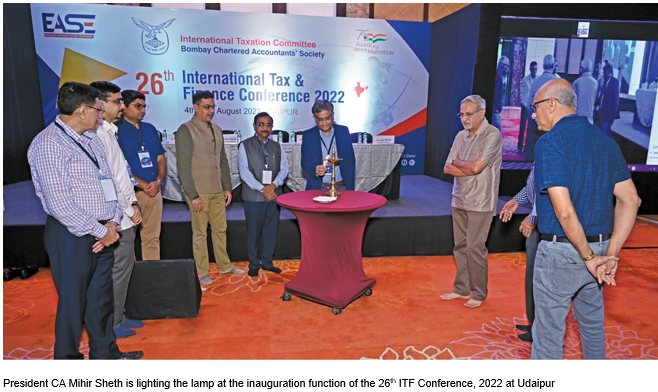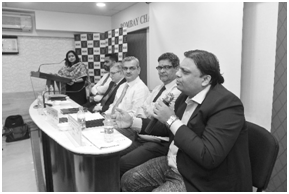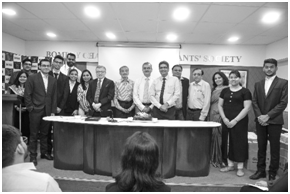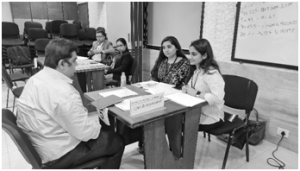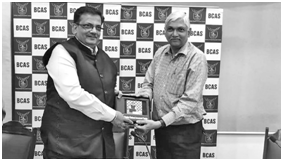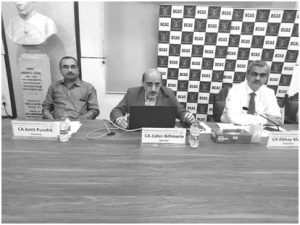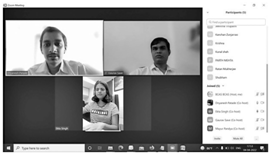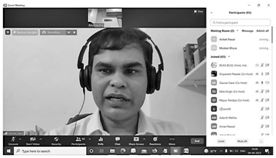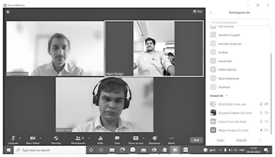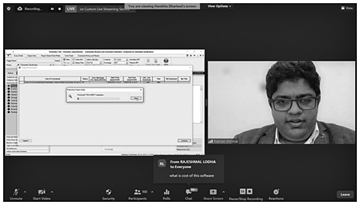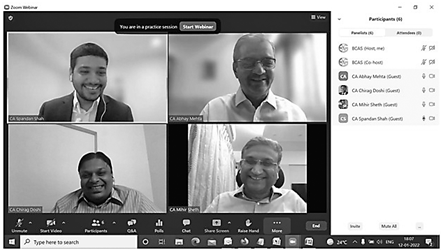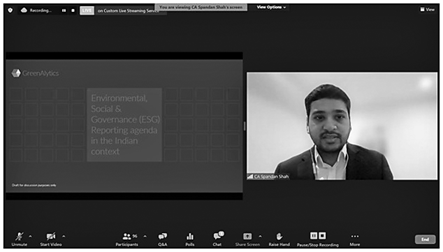I. Technology
4. British Airways fined
£20 m over data breach
British Airways has been
fined £20 m ($26 m) by the Information Commissioner’s Office (ICO) for a data
breach which affected more than 400,000 customers. The breach took place in
2018 and affected both personal and credit card data. The fine is considerably
smaller than the £183 m that the ICO originally said it intended to levy back
in 2019.
It said ‘the economic impact
of Covid-19’ had been taken into account. However, it is still the largest penalty imposed by the ICO to date. The incident took place when BA’s systems
were compromised by its attackers and then modified to harvest customers’
details as they were input. It was two months before BA was made aware of it by
a security researcher and then notified the ICO.
The data stolen included
log-in, payment card and travel booking details as well as name and address
information. A subsequent investigation concluded that sufficient security
measures, such as multi-factor authentication, were not in place at the time.
The ICO noted that some of these measures were available on the Microsoft
operating system that BA was using at the time.
‘When organisations take
poor decisions around people’s personal data, that can have a real impact on
people’s lives. The law now gives us the tools to encourage businesses to make
better decisions about data, including investing in up-to-date security,’ said
Information Commissioner Elizabeth Denman. British Airways said it had alerted
customers as soon as it had found out about the attack on its systems. ‘We are
pleased the ICO recognises that we have made considerable improvements to?the
security of our systems since the attack and that we fully co-operated with its
investigation,’ said a spokesman.
Data protection officer
Carl Gottlieb said that in the current climate, £20 m was a ‘massive’ fine. ‘It
shows the ICO means business and is not letting struggling companies off the
hook for their data protection failures,’ he said.
It’s taken more than two
years for BA to face the music over this extremely serious incident. The
company breached data protection laws and failed to protect itself from
preventable cyber attacks. It then failed to detect the hack until the damage
was done to hundreds of thousands of customers.
The lag between incident
and fine has raised eyebrows in privacy circles but it is understood that the
Information Commissioner’s Office has been working methodically to get it
right. This is the Commissioner’s first major fine under the EU data regulation
GDPR and was being watched closely by the rest of Europe as a potential
landmark decision.
The final figure of £20 m
has come as a shock to many who were expecting it to be closer to the
eye-opening £183 m initially proposed but it is still a significant moment for
data privacy and GDPR. Other companies will look at the fine as the shape of
things to come if they also fail to protect customers. In a post-Covid world, the
ICO may not be as gentle.
Source:
www.bbc.com – 16th October, 2020
II. World
5. Indian-origin Srikant Datar named Dean of Harvard Business School
Eminent
Indian-origin academician Srikant Datar has been named as Dean of Harvard
Business School, succeeding Nitin Nohria and becoming the second consecutive
Dean hailing from India to lead the prestigious 112-year-old institution.
Datar,
an alumnus of the University of Bombay and the Indian Institute of Management,
Ahmedabad, is the Arthur Lowes Dickinson Professor of Business Administration
and the Senior Associate Dean for University Affairs at Harvard Business School
(HBS).
He will
assume charge as the school’s next Dean on 1st January, President
Larry Bacow said. He described Datar as an ‘innovative educator, a
distinguished scholar and a deeply experienced academic leader.’
Bacow
added: ‘He is a leading thinker about the future of business education and he
has recently played an essential role in HBS’s creative response to the challenges
posed by the Covid-19 pandemic. He has served with distinction in a range of
leadership positions over his nearly 25 years at HBS, while also forging novel
collaborations with other Harvard Schools.’
Datar
said he is in equal measures ‘humbled and honoured’ to take on the new role.
‘Harvard Business School is an institution with a remarkable legacy of impact
in research, education, and practice. Yet the events of the past year have
hastened our passage to an unforeseen future,’ he said, adding that he looks
forward to working with colleagues and friends of the school to realise ‘our
mission in what undoubtedly will be an exciting new era.’
He will
become the 11th Dean in the business school’s history as he succeeds
Nohria, who last November announced his plans to conclude his Deanship at the
end of June, 2020 after ten years of service. Nohria had agreed to continue
through this December in view of the pandemic, a statement posted on the
Harvard Gazette website said.
Datar
received his bachelor’s degree, with distinction, from the University of Bombay
in 1973. A chartered accountant, he went on to receive a postgraduate diploma
in business management from the Indian Institute of Management, Ahmedabad,
before completing master’s degrees in statistics and economics and a Ph.D. in
business from Stanford University.
Datar
is an ‘outstanding choice’ as Harvard Business School’s next Dean and he has
thought deeply about the challenges and opportunities facing management
education and has a proven record of collaboration, innovation, and leadership
– not only within HBS but across Harvard and at other organisations.
Co-author
of several books, Datar played a key role in launching both the M.S.-M.B.A. in
biotechnology and life sciences (with the Faculty of Arts and Sciences and
Harvard Medical School) and the M.S.-M.B.A. in engineering sciences (with the
Harvard Paulson School of Engineering and Applied Sciences) joint degree
programmes. He currently serves on the boards of companies such as Novartis and
T-Mobile US.
Source: www.livemint.com – 10th October, 2020
6. What the UK owes in reparations
The day
before the United Kingdom finally left the European Union, Bell Ribeiro-Addy
gave her first speech in Parliament. The debate that day was about the broader
future of ‘global Britain,’ but for Ribeiro-Addy it was also about old
injustices and their links to current problems. ‘Not only will this country, my
country, not apologise – by apologise I mean properly apologise; not “expressing
deep regret”,’ she said, ‘it has not once offered a form of reparations.’
The
35-year-old South Londoner who is of Ghanaian origin and describes herself as a
socialist and feminist, represents Streatham, the neighbourhood where she grew
up, for the UK’s Labour Party. She was speaking before the pandemic devastated
the British economy and global protests against racial injustice altered the
tone of the conversation, giving the reparations movement a fresh sense of
urgency.
A quick
glance at Hansard, the database of official transcripts of every debate in
Parliament for the last 200 years, reveals reparations are a rarely discussed
issue. British reparations would not be straightforward. Colonialism itself was
broad and complex and its modern-day outcomes are not easily disentangled.
British colonial subjects were not treated equally to one another, either, and
it may prove impossible to fully account for everyone’s interests. That’s
assuming the country owes anything, develops the political will to consider the
issue, or even has the means to pay after the economic shocks of coronavirus
and Brexit.
The
UK’s key role in the slave trade was perhaps the most shameful period in its
history. If and when the UK does decide it owes reparations, there are questions
to answer, such as to whom compensation should be made, and how. It could be
argued, for example, that the most heinous crime should have the highest
priority. But whom to compensate? The West African countries, still mostly
poor, whose able-bodied young people were ripped away centuries ago? The
descendants of enslaved people, some of whom are now British citizens? And
then, what about colonial subjects in other parts of Africa, or South Asia, and
their descendants? They may not have experienced enslavement but there was
indentured labour, stolen land and tremendous wealth extraction.
A history of colonisation
The
British Empire was the largest the world has ever seen. By the 19th
century, it controlled vast swathes of Africa, Asia and the Americas, as well
as Australia and New Zealand. For nearly 250 years, from the mid-1500s until
abolition in 1807, the UK played a key role in the abduction, enslavement and
trafficking of people from West Africa. It became the world’s foremost
superpower through coercive trade and military might, as well as its globally
significant innovations in technology, manufacturing and engineering.
Today,
around 10% of the UK’s population has its origins in the former colonies,
including many whose ancestors may have been enslaved. The Windrush generation
was named after a ship that brought migrants from the Caribbean to the UK in
1948. Over the subsequent decades, there were waves of South Asian immigrants
from the partitioning of India and Pakistan in 1947, and from East Africa
following the independence of Kenya, Uganda and Tanzania in the 1960s.
Labourers, refugees, students, CEOs, doctors and soccer stars came from the
rest of the Empire. After the end of World War II, a badly damaged and severely
diminished Britain needed workers in order to rebuild and still had obligations
towards many colonial subjects. Many UK residents resented the new arrivals,
and the 1970s saw the rise of racist organisations like the National Front,
with violent intimidation a daily reality for many minorities.
This
legacy continues. Many Black and South Asian people in the UK continue to face
substantial disadvantages. In general, they have worse housing, poorer schools
and greater levels of unemployment than their white counterparts. They are more
likely to be imprisoned, or die of Covid-19. The data are clear. In 2018, the
British government apologised after dozens of descendants of the Windrush
generation – many born and raised in Britain – were wrongly detained, denied
legal rights and even deported from the UK over citizenship issues. All of this
means that, for activists, the moral case for reparations is clear.
However, it is not true
that Britain has never paid any form of reparations. Archival research by
Hardeep Dhillon, a doctoral candidate at Harvard University, reveals the extent
to which the British eventually compensated victims of a massacre in Amritsar,
northern India, in 1919. It wasn’t much money – a total of around $30,000 at
the time (around $400,000 today), divided among nearly 2,000 victims and their
families – but it may have been the first example of reparations paid to
colonial subjects.
The UK
government was far more generous in compensating British companies and families
for the loss of the slave trade. The Slave Compensation Commission, which was
formed after abolition in the 1830s, awarded thousands of traders a total of
£20 million of public money – 40% of the government’s annual budget at the
time. It was, historian David Olusuga points out, the largest government
bailout until the financial crisis of 2009, and the final payment wasn’t made
until 2015. The Legacies of British Slave-ownership project, a research outfit
at the University of London, has analysed and uploaded the Commission’s records
– the project website says they ‘provide a more or less complete census of
slave-ownership in the British Empire.’
The time for reckoning
Britain
has shown that it is willing to pay compensation and that it can push
difficult, controversial policies through if there’s enough political will.
With the tortuous Brexit process nearly complete, the UK has also been
re-evaluating its position in the world. It has, for example, adopted a
surprisingly clear and direct stance on China and forcefully condemned
authoritarian Chinese policies in Hong Kong, even offering citizenship to
thousands of residents of the city, another former colony.
But the
British economy is now in dire straits. Thanks to Brexit, it has lost direct
access to the largest market for its goods and services and the security of the
European Union’s trade deals. The coronavirus pandemic has shrunk economic
activity and output substantially, with the government forced to borrow huge
sums of money to help workers and entire industries get through the ordeal. In
these extraordinary circumstances, it is difficult to see where the necessary
political will for reparations can emerge.
So far,
the British electorate has been largely unmoved by the moral arguments. In
2014, a coalition of 15 Caribbean countries, where Britain took slaves and
extracted resources, presented the UK with a plan for compensation; according
to a survey at the time, nearly three-quarters of the British population
opposed such payments by European countries for their roles in slavery and
colonialism. The government’s Foreign and Commonwealth Office (FCO), which
oversees diplomacy and international development, said in 2014 that reparations
were off the table. ‘We do not see reparations as the answer,’ an FCO spokesman
said. ‘Instead, we should concentrate on identifying ways forward with a focus
on the shared global challenges that face our countries in the 21st
century.’
Education
may be a reason why there’s so little political will. Priya Satia, Professor of
British History at Stanford University, told Quartz that while
carrying out research in Birmingham – a city with a large Black and South Asian
population – she realised that many people, even those whose ancestors were
subjected to slavery and colonialism, have not necessarily been taught enough
of its history to be able to understand and articulate the issues around
reparations.
In
2008, the slave trade became a mandatory component of the high school history
curriculum in England, alongside the British Empire, World Wars I and II, and
the Holocaust. This means that Generation Z is the first to absorb, en masse, this vital part of history. But given that nobody who went to high
school after 2008 is older than 30, the political and social consequences of
this shift in education policy may be some way off. ‘People don’t see a direct
connection between what they benefit from in this country and what enslaved
Africans did to contribute to its development,’ says Catherine Koroma
Whitfield, a researcher at Brighter Futures for Children, an educational
organisation in the UK. ‘That’s intentional by the state, I would argue,
because otherwise people would be rightly outraged and it would give legitimacy
to the call for reparations.’
A future of accountability
Following
the global wave of protests after the killing of George Floyd, an unarmed Black
man, by US police officers on 25th May, the conversation in Britain
soon turned to accountability for the country’s own history of subjugation.
Protesters tore down statues of slave owners and also figures like Cecil Rhodes
who played a key role in the further colonisation of Africa, while major
companies apologised and offered compensation for their ties to the trade.
Prime Minister Boris Johnson said that he was ‘appalled’ and ‘sickened’ by the
manner of Floyd’s death, and that in the UK ‘there is so much more to do – in
eradicating prejudice and creating opportunity.’ But he did not mention
reparations.
Activists
are focusing on justice rather than reparations, given the lack of popular and
political will for direct compensation. Modern-day trade, tax and debt policies
ensure the continuing poverty and dependence of many former colonies, argues
Naomi Fowler of the Tax Justice Network, a politically independent organisation
that campaigns ‘on a wide range of issues related to tax, tax havens and
financial globalisation,’ according to its website. Britain still pursues
‘extractive’ policies through its network of tax havens and small overseas
territories, she tells Quartz: ‘It’s a second empire.’
The
modern reparations movement ‘is not just a call for monetary compensation; it’s
also a demand for radical and justice-driven change,’ writes economist Priya
Lukka in Open Democracy. Debt policies are key, she tells Quartz. The poorest
countries in the world, many of them former colonies in Africa, owe billions to
the government, companies and other institutions in the UK; cancellation of these
debts could amount to a form of justice. Although some of this debt has been
‘rolled over and rescheduled’ because of the pandemic, Lukka adds, ‘a much more
progressive approach would be to look at how it was derived and question,
therefore, its legality.’
For
those with their sights set on financial reparations, patience is probably the
most important virtue. Shifts in public and political opinion, if they ever
happen, move slowly, and could be generational. ‘Demands that were on the table
for years – such as the removal of the Rhodes statue – are now coming to
fruition,’ says Priya Satia. ‘This is the moment in which some things are
beginning to find fulfilment, but the way any movement works is through the
cultural shift that it causes and that takes time. It can’t happen overnight.’
Source: www.qz.com; Author Hasit Shah, 6th
October, 2020
III. Leadership
7. 15 great leadership books on Adam Grant’s summer reading list
As Adam
Grant says, ‘Leaders who don’t have time to read are leaders who don’t make
time to learn.’ That’s why, for the past few years, he has shared a list of
upcoming books he feels have the potential to make a real difference in how you
think and act. Since I’ve also read advance copies of some of the books on this
year’s list, let’s start with books I’ve also read and wholeheartedly
recommend:
1. Ask for More by Alexandra Carter (5th May)
I’m a
terrible negotiator, especially when negotiations turn even the slightest bit
adversarial. If you’re like me, Carter’s book will be right up your alley. She
shows how to create better outcomes without burning bridges. Sometimes even
building better bridges.
2. The Biggest Bluff by Maria Konnikova (23rd June)
When
Konnikova decided to write a book about poker, she knew almost nothing about
the game. So she started playing in $20 and $40 tournaments. Then she moved up
to higher stakes tournaments, finishing second in one and winning $2,215.
And
then she won $84,600 at the PCA National, and decided to push back her book to
2019 and go all in (pun intended) on poker, a decision that paid off when she
finished second in an Asia Pacific Poker Tour Macau event and won $57,519.
As
Grant writes, ‘It’s rare enough to find a memoir this transfixing or a
behavioural science book this insightful. To have them combined in one place –
by a psychologist who mastered one of the most competitive games on earth – is
a real treat.’
3. Leading Without Authority by Keith Ferrazzi (26th May)
The
author of Never Eat Alone, Ferrazzi turns to building teams. Since no one ever does anything truly
worthwhile on their own, that makes Leading Without Authority a book that can benefit everyone.
4. You’re About to Make a Terrible Mistake! by Olivier Sibony (14th July)
The
title is hyperbolic, but the book is extremely practical. As Grant writes,
‘You’re probably familiar with many of the biases that can ruin your decisions.
The question is what to do about them when you’re developing your business
strategy, and Olivier has some compelling answers. Drawing on his extensive
experience as a consultant and his impressive knowledge of behavioural science,
he explains how you can make your organisation smarter than the people in it.’
5. The Power of Ritual by Casper ter Kuile (23rd June)
What
you do is who you are, and what you do regularly is definitely who you are. As
Grant writes, ‘His book brims with wisdom about how we can turn our daily
habits into deeper sources of connection and meaning.’
Connection
and meaning. Accomplishing more of what you set out to achieve. That’s an
unbeatable combination.
And now
for the books on Grant’s list that I haven’t read (descriptions for each are by
him):
6. Manifesto for a
Moral Revolution by Jacqueline Novogratz
(5th May)
Jacqueline
is one of the most inspiring leaders on the planet. As the founder and CEO of
Acumen, she’s spent the past two decades waging a global war on poverty and
putting impact investing on the map. Now she’s poured her heart into a moving
book on how we can do more to make a difference. I can’t think of a better time
than right now to start learning how to improve at improving the world.
7. Leadership by Algorithm by David De Cremer (26th May)
Everyone
is buzzing about artificial intelligence, but few people have a clue how it
will affect the way organisations are managed. After spending years studying
leadership and trust, David has written the most informative book I’ve read on
how algorithms will change leadership – and which parts are unlikely to be
replaced by a machine.
8. Humankind by
Rutger Bregman (2nd June)
This
book demolishes the cynical view that humans are inherently nasty and selfish
and paints a portrait of human nature that’s not only more uplifting – it’s
also more accurate. Rutger is an unusually original thinker and by taking us on
a guided tour of the past, he reveals how we can create a future with more
givers and fewer takers.
9. Inclusify by
Stefanie Johnson (2nd June)
Many
leaders are talking about the need for more diverse, inclusive workplaces, but
few are making real progress. Enter Stefanie Johnson, a leading expert. She
draws on her background as a researcher, consultant and adviser to offer
rigorous evidence and practical ideas for making sure that people who stand out
are able to fit in, too.
10. The Making of a Leader by Tom Young (30th July)
Although
elite athletes understand the key to excellence, you rarely have the chance to
get inside their heads. You’re in luck. As a performance psychologist, Tom has
worked closely with some of the world’s best in both individual and team
sports. In this fascinating read, he shares rich stories and keen insights on
the science and the practice of achieving and sustaining success.
11. What Girls Need by Marisa Porges (4th August)
This is
a powerful book about how we can raise girls to become strong, ambitious women.
The ideas are timely and the stories are relatable. Marisa has lived them
herself. She flew fighter jets in the Navy and now runs a girls’ school.
12. Making Sense by Sam Harris (11th August)
Sam is
a true public intellectual: He thinks deeply about a wide range of issues and
engages fearlessly with controversial topics and unpopular opinions. This book
features some of the most compelling conversations from his hit podcast. You
don’t have to agree with him to learn from him, for he has a gift for surfacing
new ideas as well as new questions.
13. The End of Food Allergy by Kari Nadeau and Sloan Barnett (11th August)
As a
pioneering scientist, Kari has steered the allergy world out of the dark ages
and into the light of evidence-based cures. For anyone who has suffered from
food allergies or lived in fear of them, this book is a ray of hope. It’s an
illuminating read on why our own immune systems sometimes hold us hostage after
we eat – and how we can stop it from ever happening again.
14. Humanocracy by Gary Hamel and Michele Zanini (18th August)
If an
organisation has ever crushed your dreams, this book just might help to
rejuvenate you. It’s hard to imagine a better guide to busting bureaucracies
and designing workplaces that live up to the potential of the people inside
them.
15. 2030 by Mauro
Guillen (25th August)
For too
long the public’s understanding of social science has been dominated by
economists and psychologists. We know a lot about what’s going on with dollars
and senses, but we’re surprisingly uninformed about how social structures are
transforming the world around us. As a brilliant sociologist, Mauro is here to
change that. His bold, provocative book illuminates why we’re having fewer
babies, the middle class is stagnating, unemployment is shifting and new powers
are rising.
Source: www.inc.com, Author Jeff Haden – 22nd
May, 2020
If you weighed 100 kilos on Earth, you would only
weigh 38 kilos on Mars. You’re not fat – you’re just on the
wrong planet
The asteroid 16 Psyche is part of an asteroid belt
between Mars and Jupiter and could be made of entirely metal and worth more
than all of Earth’s economy.
The metals in the asteroid could be worth around
$10,000 quadrillion, according to Forbes i.e
$10,000,000,000,000,000,000.
By contrast, the entire economy of
Earth was worth approximately $142 trillion in 2019
— @fact











